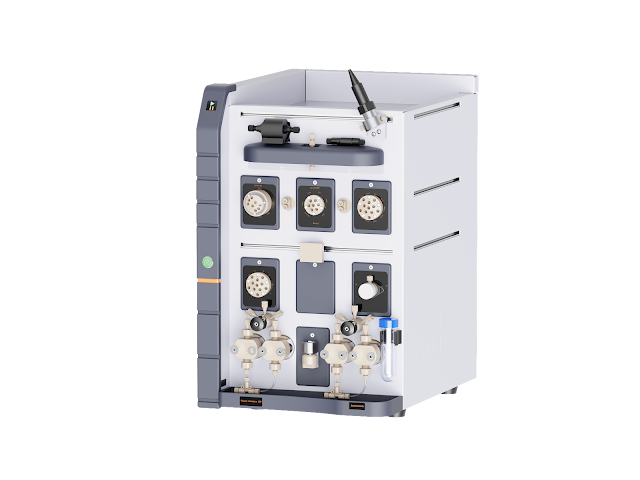Exploring the Intricacies of Chromatography and Liquid Chromatography
Chromatography is a powerful technique used in laboratories to separate mixtures into their individual components. This method relies on the differential affinities of substances to move through a stationary phase under the influence of a mobile phase. Chromatography has revolutionized the fields of chemistry and biology by enabling the analysis and purification of complex mixtures. It is indispensable in various scientific disciplines, helping researchers understand the composition of different substances. The technique's versatility and precision have led to its widespread adoption in both academic and industrial settings.
Basics of Chromatography

At its core, chromatography involves passing a mixture dissolved in a mobile phase through a stationary phase. Separation results from the different components of the mixture interacting with the stationary phase to different degrees. This fundamental principle is applicable across various types of chromatography, including gas chromatography, thin-layer chromatography, and liquid chromatography. Each type has unique applications, from environmental monitoring to pharmaceutical development. Understanding the basics of chromatography is crucial for leveraging its full potential in analytical science.
Advancements in Liquid Chromatography
Liquid Chromatography (LC) has emerged as a versatile and widely used technique in analytical chemistry. Unlike gas chromatography, which is limited to volatile compounds, LC can separate and analyze non-volatile and thermally unstable compounds. This makes it particularly useful for analyzing pharmaceuticals, proteins, and nucleic acids. Recent advancements have improved its efficiency and accuracy, making it a staple in modern laboratories. The continuous development of LC technology promises even greater capabilities in the future.
Applications of Liquid Chromatography
LC is employed in various fields, from pharmaceuticals to environmental science. It is crucial for quality control in drug manufacturing, enabling the identification and quantification of impurities. In environmental science, LC helps monitor pollutants in water and soil samples, ensuring compliance with regulatory standards. Additionally, LC is used in food safety testing, forensic science, and clinical diagnostics. Its broad range of applications highlights its significance in ensuring safety and compliance across industries.
Benefits of Liquid Chromatography

One of the significant advantages of LC is its ability to handle a wide range of sample types. It can separate molecules based on size, charge, hydrophobicity, and other properties. This flexibility, combined with high sensitivity and precision, makes LC an indispensable tool in modern laboratories. LC systems are also becoming more user-friendly, with automated features that streamline the workflow. These benefits contribute to its growing popularity among researchers and scientists.
Conclusion
Chromatography, especially liquid chromatography, continues to be a cornerstone of analytical science. Its ability to separate complex mixtures into individual components with high precision and sensitivity has paved the way for numerous scientific advancements. As technology evolves, LC will likely become even more integral to scientific research and industry practices. For more information on advanced chromatography equipment, visit inscinstech.com.cn.
.jpg)

Comments
Post a Comment